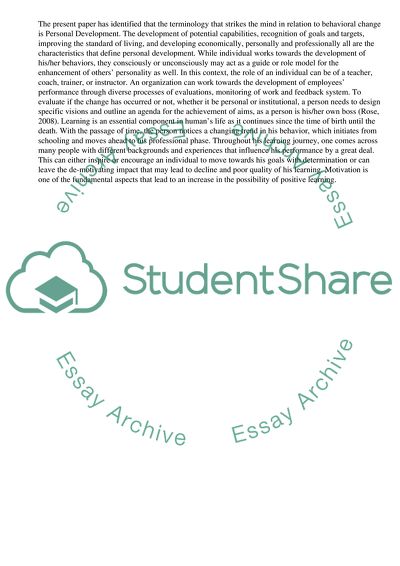Cite this document
(Making Sense of Change Management Assignment Example | Topics and Well Written Essays - 2750 words - 1, n.d.)
Making Sense of Change Management Assignment Example | Topics and Well Written Essays - 2750 words - 1. Retrieved from https://studentshare.org/management/1752350-personal-development
Making Sense of Change Management Assignment Example | Topics and Well Written Essays - 2750 words - 1. Retrieved from https://studentshare.org/management/1752350-personal-development
(Making Sense of Change Management Assignment Example | Topics and Well Written Essays - 2750 Words - 1)
Making Sense of Change Management Assignment Example | Topics and Well Written Essays - 2750 Words - 1. https://studentshare.org/management/1752350-personal-development.
Making Sense of Change Management Assignment Example | Topics and Well Written Essays - 2750 Words - 1. https://studentshare.org/management/1752350-personal-development.
“Making Sense of Change Management Assignment Example | Topics and Well Written Essays - 2750 Words - 1”, n.d. https://studentshare.org/management/1752350-personal-development.


